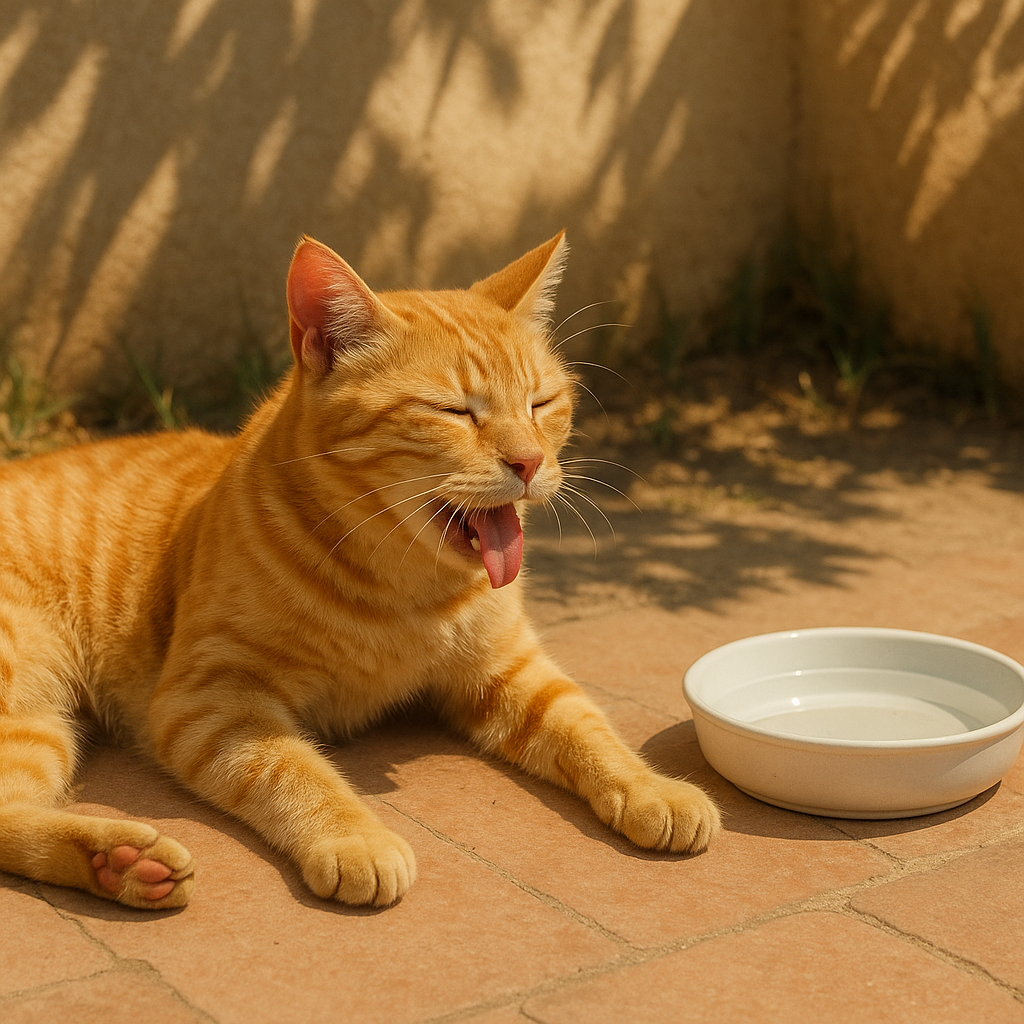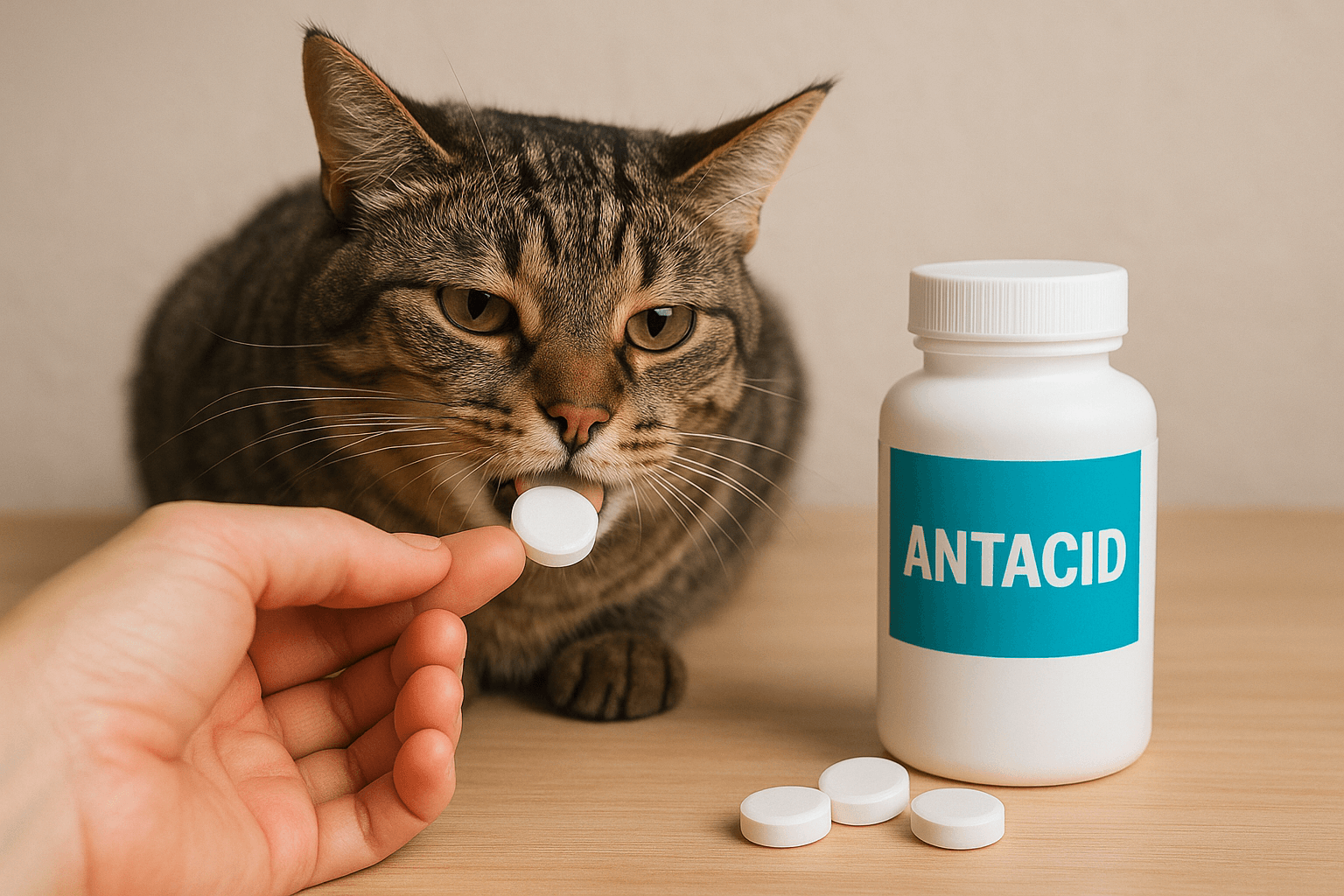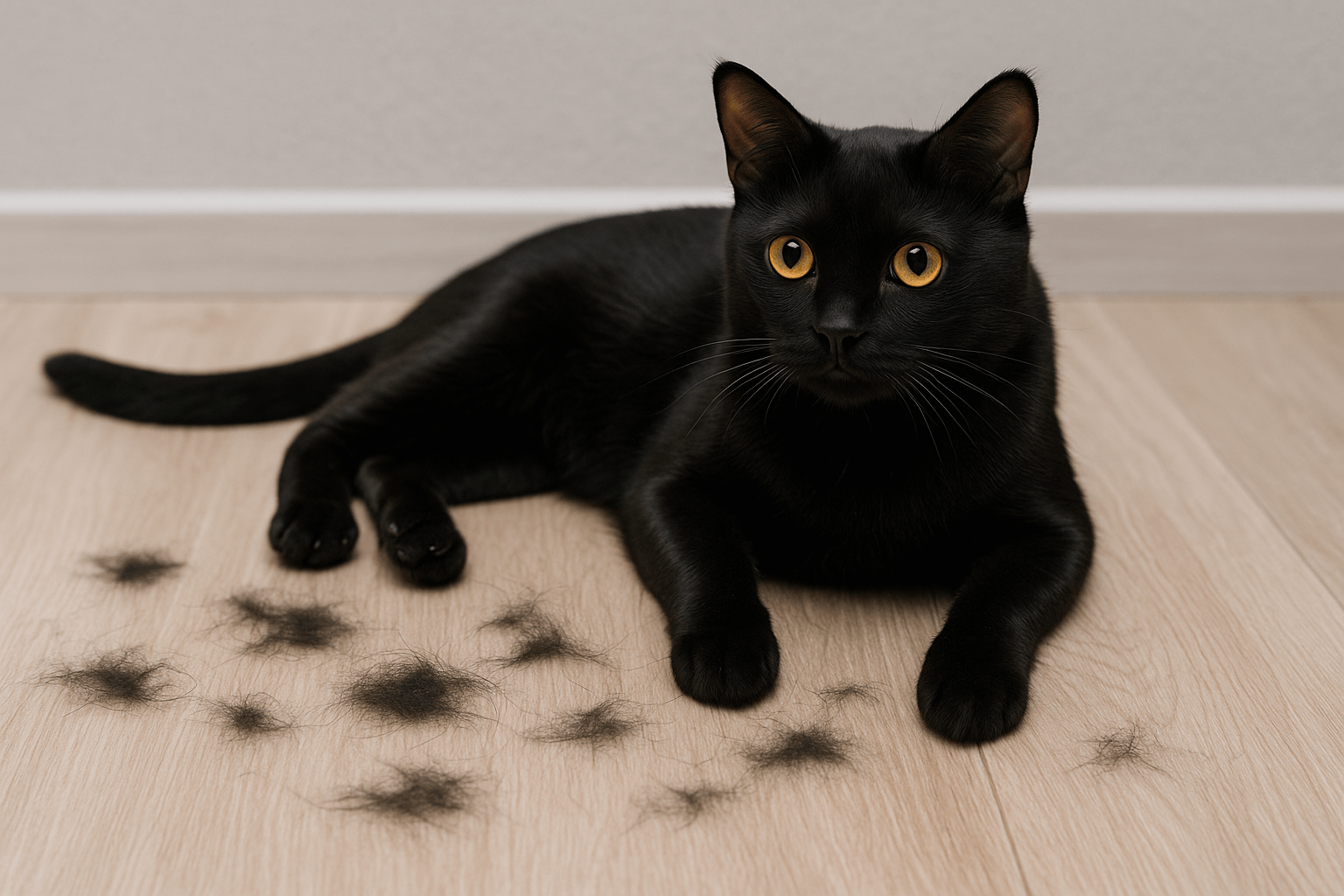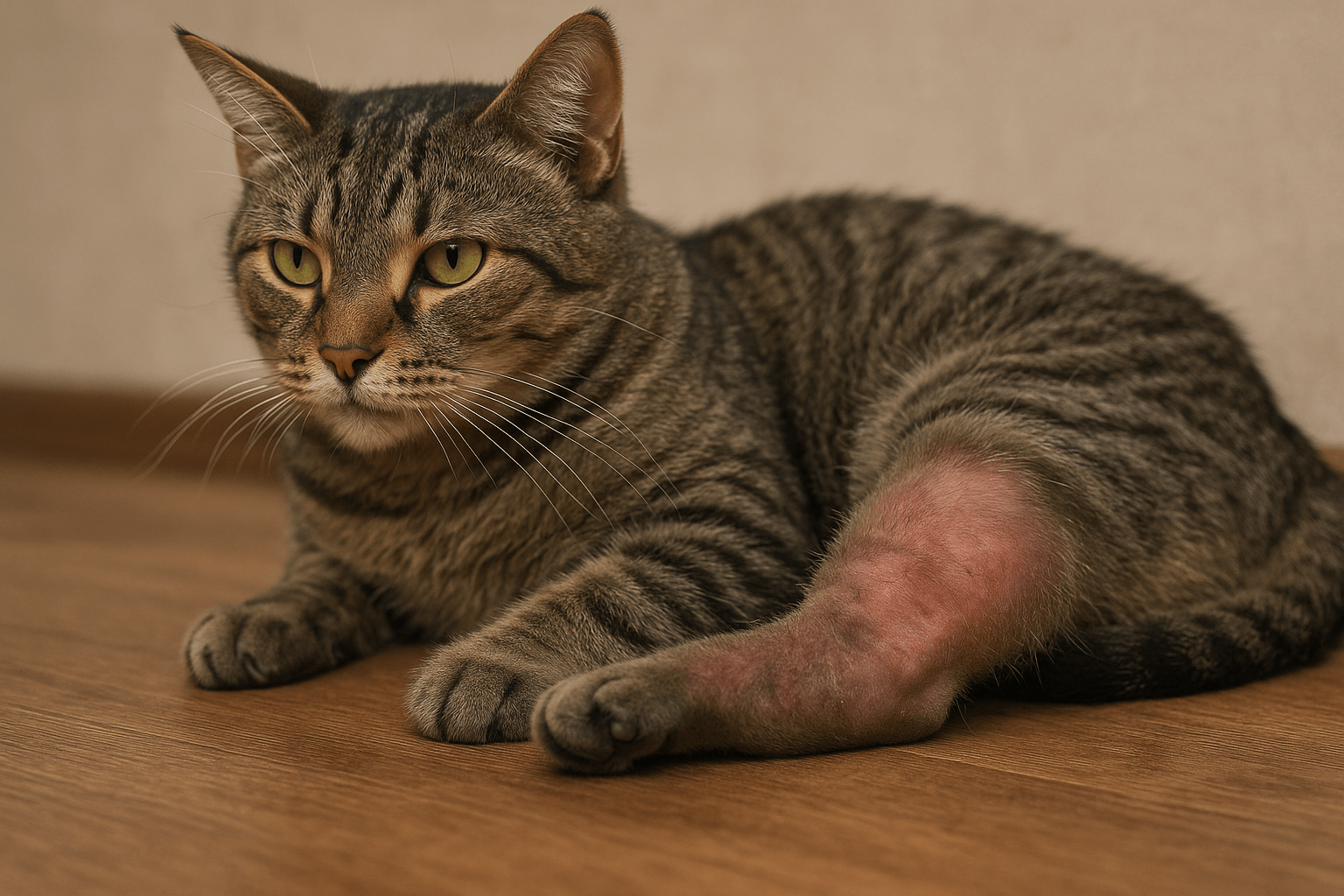Heatstroke in Cats: What Every Pet Owner Should Know
Cats are naturally resilient animals, but they are not immune to the dangers of extreme heat. Heatstroke in cats is a serious and potentially life-threatening condition that can occur when their body temperature rises too high. Unlike dogs, cats are less likely to show obvious signs of distress, making it even more critical for pet owners to recognize the early warning signals. Whether your cat spends time outdoors or indoors, understanding the causes, symptoms, and prevention strategies for heatstroke can save their life. Let’s dive into everything you need to know about keeping your feline friend safe during hot weather.
Signs Your Cat May Be Suffering from Heatstroke
Recognizing the symptoms of heatstroke in cats is crucial for acting quickly and preventing further complications. If you notice any of these signs, it’s important to seek immediate care.
Excessive Panting:
While cats don’t typically pant, excessive panting is one of the first indicators of overheating.Lethargy or Weakness:
A cat suffering from heatstroke may appear unusually tired or unwilling to move.Bright Red Gums or Tongue:
Discoloration of the gums or tongue can signal an elevated body temperature.Vomiting or Diarrhea:
Heatstroke can cause gastrointestinal distress, leading to vomiting or diarrhea.Collapse or Seizures:
In severe cases, a cat may collapse or experience seizures due to organ failure.
Early detection of these symptoms can make all the difference in treating heatstroke effectively and ensuring your cat’s recovery.

How to Treat Heatstroke in Cats Immediately
If you suspect your cat is experiencing heatstroke, quick action is essential. Follow these steps to stabilize your cat before seeking veterinary care.
Move Them to a Cool Area:
Take your cat indoors or to a shaded area away from direct sunlight to lower their body temperature gradually.Apply Cool (Not Cold) Water:
Use lukewarm water to wet their fur, focusing on areas like the paws, neck, and underbelly. Avoid ice-cold water, which can cause shock.Offer Fresh Water:
Encourage your cat to drink small amounts of cool water, but do not force them if they refuse.Use a Fan for Air Circulation:
Place a fan near your cat to help evaporate moisture and cool them down more effectively.Seek Veterinary Attention Immediately:
Even if your cat seems to recover, professional evaluation is necessary to rule out internal damage.
Taking these immediate steps can help stabilize your cat and prevent further complications while en route to the vet.
Check this guide 👉Why Are Cats So Warm? Best 7 Expert Tips!
Check this guide 👉Cat Overheating Symptoms: Best 7 Expert Tips!
Check this guide 👉How Do Cats Cool Down? Best 7 Expert Tips!
Prevention Tips for Heatstroke | Common Causes of Heatstroke in Cats |
|---|---|
Keep your home well-ventilated | Leaving cats in hot cars |
Provide plenty of fresh water | Lack of shade outdoors |
Use fans or air conditioning | Overexertion during hot weather |
Limit outdoor time during peak heat | Dehydration due to insufficient water |
Create shaded areas in your yard | Obesity or underlying health conditions |
Preventing Heatstroke in Cats During Hot Weather
Prevention is always better than treatment when it comes to heatstroke. By taking proactive measures, you can ensure your cat stays safe and comfortable during warm weather.
Keep Them Indoors During Peak Hours:
Limit outdoor time between 10 a.m. and 4 p.m., when temperatures are highest.Provide Access to Fresh Water:
Ensure clean, cool water is available at all times to keep your cat hydrated.Use Cooling Mats or Towels:
Place cooling mats or damp towels in your cat’s favorite spots to help regulate their body temperature.Avoid Hot Surfaces:
Protect your cat’s paws by keeping them off hot surfaces like asphalt or concrete during summer months.Monitor Their Behavior Closely:
Watch for subtle changes in behavior, such as restlessness or excessive grooming, which could indicate discomfort.
By implementing these preventive measures, you can significantly reduce the risk of heatstroke and keep your cat healthy year-round.
Why Are Cats Vulnerable to Heatstroke?
Cats have unique physiological traits that make them particularly susceptible to heatstroke. Understanding these vulnerabilities can help you take better care of your pet during hot weather.
Limited Sweat Glands:
Cats rely primarily on panting and sweating through their paw pads to cool down, which is less efficient than human sweating.Thick Fur Coats:
While their fur provides insulation, it can also trap heat, especially in long-haired breeds.Low Thirst Drive:
Cats often don’t drink enough water, increasing their risk of dehydration in hot environments.Inability to Regulate Temperature Quickly:
Unlike some animals, cats struggle to adjust rapidly to sudden spikes in temperature.Outdoor Hazards:
Outdoor cats face additional risks, such as being trapped in enclosed spaces or exposed to direct sunlight without shade.
These factors highlight why vigilance is key to protecting your cat from the dangers of heatstroke.
Common Misconceptions About Heatstroke
Many pet owners hold misconceptions about heatstroke in cats, which can put their pets at greater risk. Clearing up these myths is vital for better care.
Myth: Cats Can’t Get Heatstroke Indoors:
Even indoor cats can overheat if their environment lacks proper ventilation or cooling systems.Myth: Short-Haired Cats Are Safe from Heatstroke:
All cats, regardless of coat length, are vulnerable to overheating due to their limited sweat glands.Myth: Fans Alone Are Enough to Cool Cats Down:
Fans only circulate air; they don’t lower ambient temperatures, so additional cooling methods are necessary.Myth: Heatstroke Only Happens in Summer:
Heatstroke can occur anytime, especially in poorly ventilated homes or during unseasonably warm days.Myth: Cats Will Always Seek Shade When Needed:
Some cats may not instinctively avoid danger zones like hot cars or enclosed spaces.
Understanding these truths helps dispel harmful myths and ensures better protection for your cat.
Breeds Most at Risk for Heatstroke
Certain cat breeds are more prone to heatstroke due to their physical characteristics or genetic predispositions. Identifying these breeds can help owners take extra precautions.
Persian Cats:
Their flat faces make breathing difficult, reducing their ability to cool themselves through panting.Himalayan Cats:
Thick double coats increase their susceptibility to overheating in warm climates.Exotic Shorthair Cats:
Similar to Persians, their brachycephalic features hinder effective thermoregulation.Scottish Fold Cats:
Their compact bodies and folded ears can limit airflow, making them more sensitive to heat.Sphynx Cats:
Despite having no fur, their lack of insulation means they absorb heat quickly, requiring careful monitoring.
Knowing your breed’s specific needs allows you to tailor preventive measures accordingly.
How to Create a Cat-Friendly Environment in Hot Weather
Designing a safe and comfortable space for your cat during hot weather goes a long way in preventing heatstroke. Here are some practical ideas to consider.
Install Window Shades or Blinds:
Reduce indoor heat by blocking direct sunlight during the hottest parts of the day.Set Up Cooling Stations:
Place frozen water bottles wrapped in towels or cooling mats in your cat’s favorite lounging spots.Use Evaporative Coolers:
These devices add moisture to the air while lowering temperatures, creating a more comfortable atmosphere.Provide Elevated Beds:
Raised beds allow airflow underneath, helping your cat stay cooler while resting.Play Calming Music:
Soft background music or white noise can reduce stress and encourage relaxation during hot spells.
Creating a cat-friendly environment ensures your pet remains happy and healthy, even on the hottest days.
Frequently Asked Questions About Heatstroke in Cats
Can indoor cats get heatstroke?
Yes, indoor cats can suffer from heatstroke if their environment becomes too hot and poorly ventilated.
What should I do if my cat collapses from heatstroke?
Immediately cool them down with lukewarm water, place them near a fan, and rush them to the vet.
Are certain breeds more prone to heatstroke?
Flat-faced breeds like Persians are more vulnerable due to their limited ability to breathe and cool down effectively.
How can I tell if my cat is dehydrated?
Signs include dry gums, sunken eyes, lethargy, and loss of skin elasticity.
Is it safe to leave my cat in the car for a few minutes?
No, even a few minutes in a hot car can lead to fatal heatstroke. Always leave your cat at home during errands.
Staying Vigilant Against Heatstroke in Cats
Heatstroke is a serious threat to our feline companions, but with awareness and preparation, it’s entirely preventable. By recognizing the signs, acting quickly in emergencies, and taking preventive steps, you can protect your cat from the dangers of extreme heat. Remember, your cat relies on you to keep them safe—especially during the warmer months. With love, care, and attention, you can ensure they stay cool, comfortable, and healthy no matter how high the mercury rises.
Cat Antacid: Best 7 Expert Tips! Discover safe antacid options, dosage guidelines, and expert advice to soothe your cat’s stomach and promote digestive health effectively.
Do Bombay Cats Shed? Best 7 Expert Tips! Discover expert advice on managing shedding, grooming tips, and why Bombay cats are low-shedding companions for a clean, stylish home.
What Causes a Swollen Cat Leg? Best 7 Expert Tips! Discover expert advice on identifying causes, symptoms, and treatments for a swollen cat leg to ensure your pet’s health and comfort.
Tapeworm vs Roundworm in Cats: Best 7 Expert Tips! Learn to identify, prevent, and treat tapeworms and roundworms in cats with expert advice for a healthy, parasite-free feline companion.




